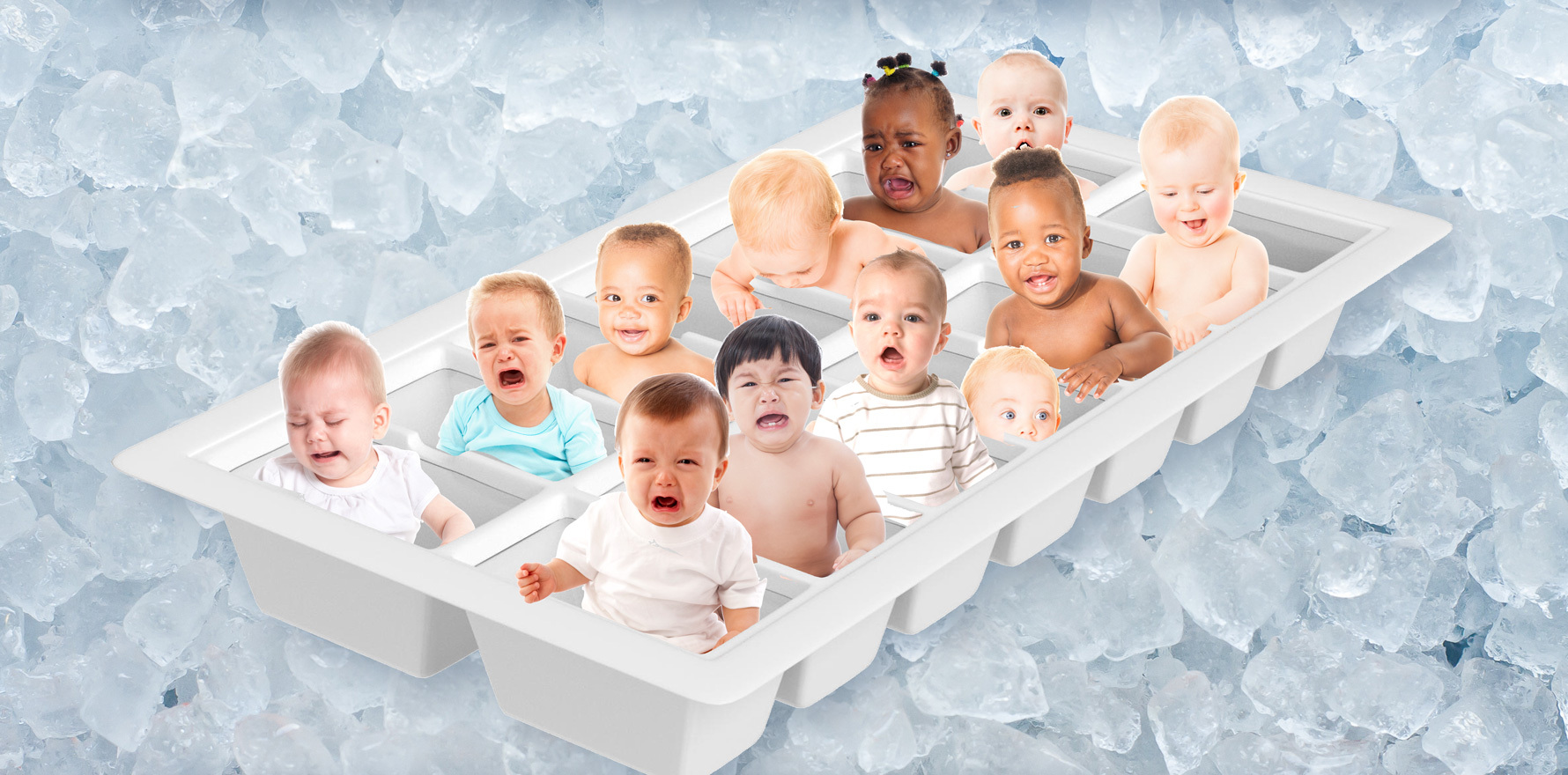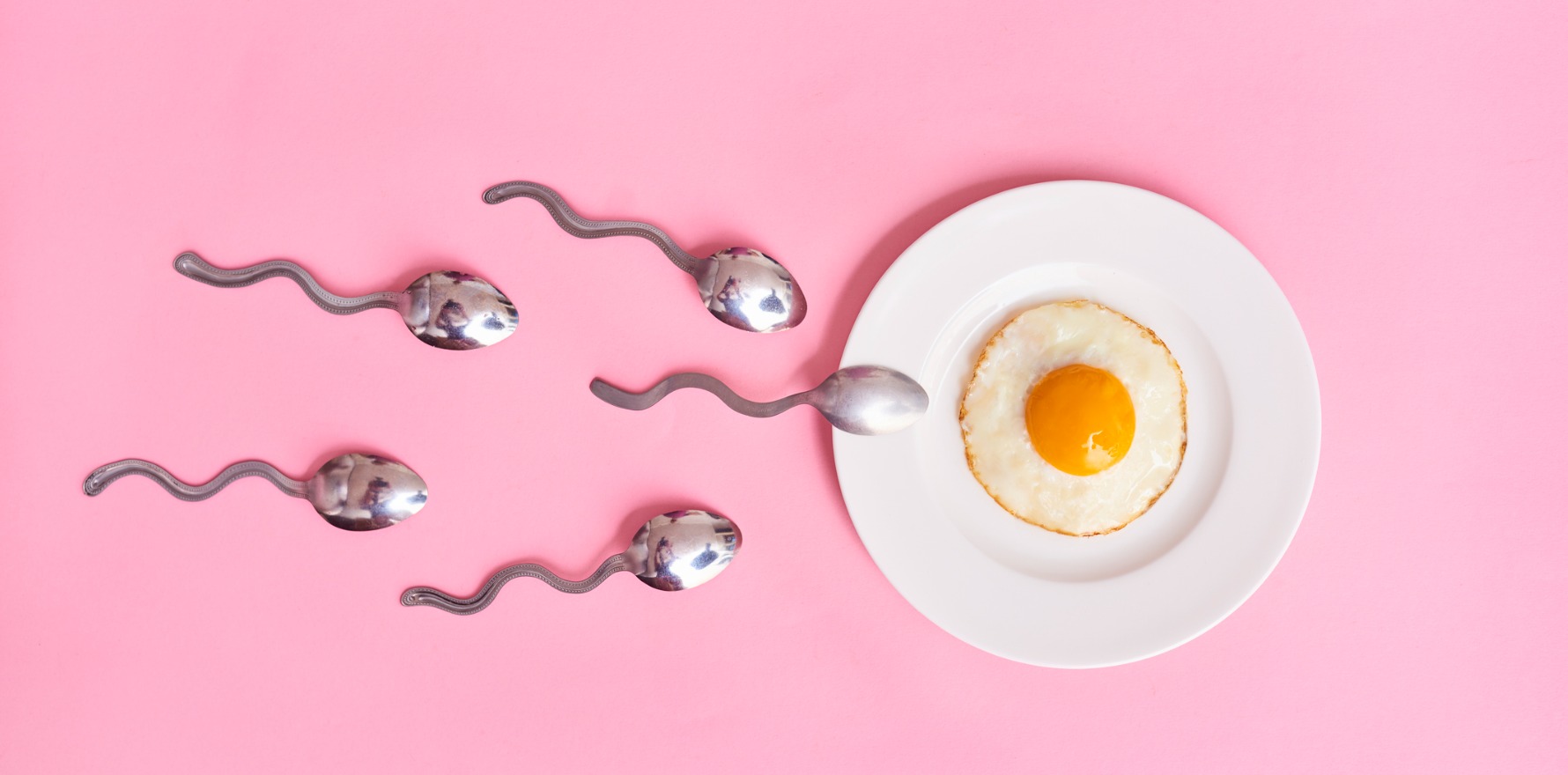Most women can be supported to conceive naturally following therapy with known gonadotoxic effects, study finds.
Nearly 84% of pregnancies following high-risk gonadotoxic treatment were achieved naturally, according to a retrospective observational study from France.
Researchers explained that there were concerns about reduced ovarian reserve and stimulation response following gonadotoxic treatment for haematologic cancer, and fertility post-treatment has been poorly studied.
The study included 286 women with haematologic cancer between January 2013 and March 2023. Oocyte or embryo cryopreservation was performed on 82% of them.
Lymphoma was the most common, accounting for 97% of the cohort. The rest had leukaemia, myeloma or myelodysplastic syndrome. More than half of the patients received treatment with high gonadotoxicity levels.
Of the cohort, 40% attempted pregnancy, half of whom were able to conceive within the first two years after their initial oncofertility consultation. By the end of the study, 62% of those who attempted pregnancy achieved it, with the majority resulting in at least one live birth.
Low risk gonadotoxic treatment was associated with a slightly higher rate of natural conception, with 87% of women who received it achieving pregnancy this way. Pregnancies requiring the use of frozen oocytes or embryos were all in patients who received high-risk gonadotoxic treatment.
Dr Genia Rozen, co-director of the Fertility Preservation Service at the Royal Women’s Hospital in Melbourne, told OR that this was nuanced analysis with robust follow-up that provided very reassuring findings.
Related
“Most pregnancies were natural, indicating preserved fertility despite treatment,” she said. “These findings should encourage clinicians to offer fertility preservation confidently and support hope for post-treatment family building.”
Researchers concluded that despite the impact on serum AMH levels, lymphoma characteristics do not necessarily impact the response to ovarian stimulation or the number of mature oocytes recovered at the time of fertility preservation.
“[This] suggests that AMH should be interpreted cautiously in lymphoma and that low baseline AMH doesn’t predict poor stimulation response, the way it would for a non-lymphoma patient,” Dr Rozen said.
“Therefore, egg freezing may be very useful, even in patients with low AMH or advanced disease. Natural conception can be supported first line post-treatment, in most individuals, while the frozen oocytes can be used as back up for future family building.”
Positive predictive factors for pregnancy were found to be being in a relationship at the time of diagnosis, not undergoing bone marrow transplant and being under the age of 35.
After adjusting for POSEIDON criteria before ovarian stimulation, researchers found that the number of mature oocytes retrieved was not associated with the type of hemopathy, lymphoma stage, presence of adverse clinical symptoms, presence of adverse biological parameters or ECOG performance status scale.
At 70 months after initial oncofertility consultation, the estimated recurrence-free survival rate was almost 87%.





